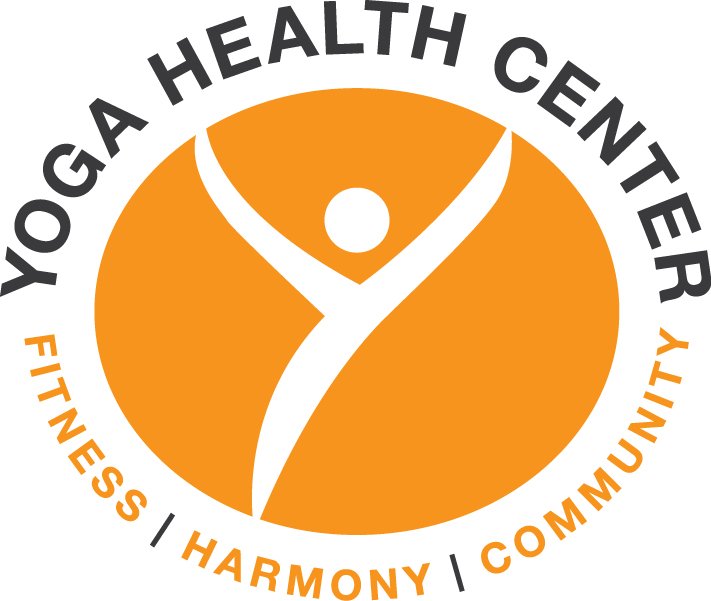8 Yoga Therapy Practices for a Harmonious Mind and Body
Yoga therapy is a wonderful practice that combines the physical, mental, and spiritual aspects of yoga to promote healing and harmony. In this blog, we'll explore eight effective yoga therapy practices that can help you cultivate a balanced mind and body. Whether you're a seasoned yogi or a curious beginner, these techniques will guide you towards greater well-being and inner peace.
1. Mindful Breathing Techniques
Learn about different breathing exercises, such as diaphragmatic breathing and alternate nostril breathing, to calm the mind and energize the body.
Mindful breathing is more than just a technique; it's an art that connects your inner self with the world around you. By focusing on your breath, you facilitate a natural rhythm that aids in anxiety reduction. You can begin with diaphragmatic breathing, where you allow your diaphragm to expand fully, inhaling deeply and exhaling slowly. This method not only slows down your heart rate but also oxygenates your organs, lending clarity to your thoughts. On the other hand, alternate nostril breathing helps balance your body's energies. By gently closing one nostril while inhaling through the other, you harmonize both hemispheres of the brain, promoting a sense of calm. So why not take a moment today to embrace these techniques? You may be surprised at the peace you find within.
2. Gentle Asanas for Stress Relief
>Explore restorative poses that release tension and promote relaxation, helping to alleviate stress and anxiety.
Gentle asanas offer a pathway to unwind and reconnect with your body. Poses like Child's Pose and Forward Bend are instrumental in alleviating stress. They allow your muscles to stretch while encouraging the release of tension accumulated throughout the day. In Child's Pose, you can sense the soothing embrace as you fold into yourself, letting go of any worries. This restorative position not only calms the nervous system but also fosters introspection, allowing you to listen to your body. For further release, Forward Bend helps lengthen the spine and create a gentle stretch, effectively melting away stress. It's amazing how grounding yourself in these calming poses can lead to a more relaxed state of mind. Just remember, no matter how busy life gets, taking a moment to practice these gentle asanas can be a game-changer.
3. Meditation for Mental Clarity
>Understand the importance of meditation in yoga therapy, and how it can enhance your focus and emotional well-being.
Meditation is often viewed as a daunting task, but it’s truly just a practice of focusing the mind. Through yoga therapy, this seemingly simple activity can become a powerful tool for achieving mental clarity. By sitting in silence and focusing on your breath or a simple mantra, you pave the way for improved concentration and emotional stability. It allows you to observe your thoughts without judgment, creating a space between you and your mental chatter. As you consistently engage in meditation, you might find that your ability to cope with stress improves. Like any skill, it requires patience and practice, but the rewards—such as increased focus, emotional balance, and a deeper understanding of yourself—are well worth the effort. So, if you’re looking for a way to enhance your daily yoga therapy, try integrating meditation into your routine. You'll be amazed at what you can achieve with just a few minutes each day.
4. Yoga Nidra for Deep Relaxation
Discover the practice of Yoga Nidra, a guided relaxation technique that allows you to achieve a state of deep rest and healing.
Yoga Nidra, often referred to as ‘yogic sleep,’ is a beautifully effective way to initiate profound relaxation. Imagine lying comfortably in savasana while a trained instructor guides you through a series of visualizations and breath work. As you slip into this state of deep rest, your body experiences an incredible release of tension, allowing for healing on multiple levels. It’s fascinating how, in just 30 minutes, you can achieve what might take hours of sleep, rejuvenating your mind and body alike. Research has shown that Yoga Nidra can significantly reduce stress and anxiety while improving overall mental health. So, why not indulge in this therapeutic practice? Whether you're dealing with daily stressors or simply seeking greater harmony within yourself, Yoga Nidra might just be the answer.
5. Chakra Balancing Techniques
Learn how to balance your chakras through specific poses and meditative practices to enhance your energy flow and overall health.
Chakra balancing is a key component of yoga therapy that fosters a harmonious flow of energy throughout the body. Each chakra represents a different aspect of our being, from our basic survival needs to our highest self-actualization. By practicing specific asanas aimed at each chakra, such as Tree Pose for the root chakra, you can tap into this intricate energy system. Incorporating meditative techniques, such as visualization or guided imagery, can further support your intentions to balance these energy centers. Imagine nurturing your heart chakra with gentle heart-opening poses, inviting love and compassion into your life. Over time, your awareness of how each chakra affects your emotions and overall well-being will deepen. The journey of chakra balancing is transformative and deeply personal, encouraging you to connect with your authentic self in meaningful ways.
6. Sound Healing with Mantras
Explore how sound, through the use of mantras and singing bowls, can elevate your vibrational energy and promote healing.
Sound has a unique ability to penetrate the depths of our consciousness. In yoga therapy, utilizing sound healing techniques, such as chanting mantras or playing singing bowls, can elevate your vibrational frequency. Each sound resonates with different parts of your being, creating a sonic landscape that facilitates healing and balance. When you chant a mantra, you not only engage your voice but also connect to an ancient tradition of self-healing. The vibrations produced elevate your energy, clearing blocks and restoring harmony. Similarly, the resonant tones of singing bowls can envelop you in a cocoon of soothing sound, encouraging a deeper meditative state. As you explore these powerful practices, you may just find your soul shifting and uplifted to a new level, connecting you to the universal flow of peace and tranquility.
7. Journaling for Self-Discovery
Understand how incorporating journaling into your yoga practice can lead to deeper self-awareness and emotional release.
Journaling is a simple yet profound tool that can dramatically enhance your yoga therapy journey. By putting pen to paper, you're inviting your thoughts and emotions into the light, allowing for clarity and self-discovery. After your yoga session, take a few moments to write down what you experienced physically and emotionally. What poses resonated with you? Were there feelings that arose during your practice? This mindful reflection can help you understand patterns in your thoughts and behaviors, leading to greater self-awareness. Over time, you may observe recurring themes that can guide your personal growth and healing. Engaging in this practice consistently supports a deeper connection between your mind and body, enhancing your ability to live authentically.
8. Creating a Personal Yoga Therapy Routine
Guidance on how to design a personalized yoga therapy routine that addresses your specific needs and goals for health and wellness.
Creating a personal yoga therapy routine is one of the most empowering steps you can take towards your holistic health. Start by identifying your specific needs—do you seek to reduce stress, increase flexibility, or perhaps address emotional imbalances? Once you have clarity on what you want to cultivate, you can select poses and practices that align with those goals. Consider including a mix of asanas, breathing exercises, and meditation techniques. An ideal session might begin with mindful breathing, flow into gentle asanas focusing on areas of tension, and conclude with a calming meditation. Don't hesitate to adjust your routine as you grow; your needs may change over time. Committing to a personal yoga therapy practice not only nourishes your body but also your spirit, leading you on a path of continual self-improvement and fulfillment.


